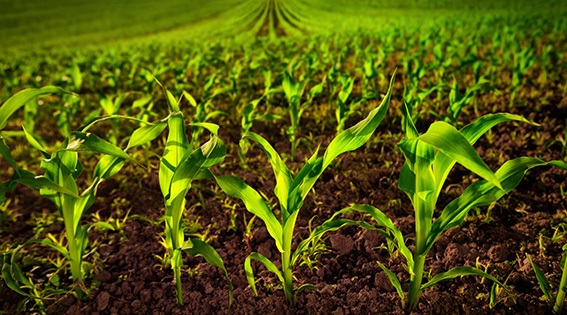Manipulating photosynthesis for food security


British scientists have discovered new information on a chemical found in plants that plays an important part in the natural process of plant growth.
By 2050, the world’s population is expected to reach more than 10 billion people. According to experts, the rate of food production must drastically increase in order to feed all of those people. British scientists have discovered new information on a chemical found in plants that plays an important part in the natural process of plant growth.
Plants, algae, and some microbes use sunlight, water, minerals, and carbon dioxide to produce glucose and oxygen during photosynthesis. Plants release oxygen into the atmosphere, but they rely on glucose for energy. Plants grow faster when they create more glucose, which enhances their yield. Scientists from the University of Sheffield uncovered new discoveries concerning cytochrome b6f, a molecule found in plants that is critical for maximizing the benefits of photosynthesis, in a recent paper published in Nature.